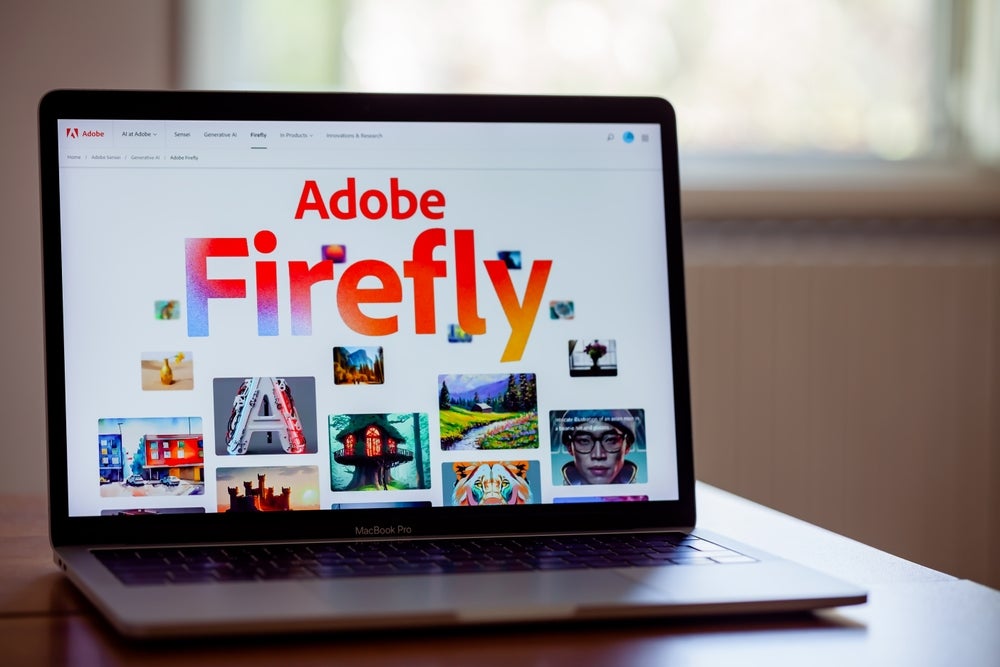
On 23 May, Adobe released its Firefly-powered “Generative Fill” tool, enabling users to generate content in Photoshop with a text prompt. The software giant has branded the tool as “the world’s first co-pilot in creative and design workflows”.
It is the latest in a series of AI-driven tools that Photoshop has introduced over the years, such as the selection tools, neural filters and Content-Aware Fill.

Access deeper industry intelligence
Experience unmatched clarity with a single platform that combines unique data, AI, and human expertise.
The tool will allow users to generate objects in their image, generate new backgrounds behind an image’s subject, extend images, and remove objects – all via a simple selection and text prompt.
“By integrating Firefly directly into workflows as a creative co-pilot, Adobe is accelerating ideation, exploration and production for all of our customers,” said Ashley Still, senior vice president for digital media at Adobe. “Generative Fill combines the speed and ease of generative AI with the power and precision of Photoshop, empowering customers to bring their visions to life at the speed of their imaginations.”
Generative AI’s copyright implications
Adobe has sought to avoid any copyright implications of image-generating AI by training the Firefly AI on Adobe Stock images, openly-licensed and other public domain content, ensuring that generated content is not based on other people’s and brands’ intellectual property.
Adobe also blocks certain copyrighted, violent and sexual keywords in text prompts and relies on terms of use that restrict people from generating abusive, illegal or confidential content.

US Tariffs are shifting - will you react or anticipate?
Don’t let policy changes catch you off guard. Stay proactive with real-time data and expert analysis.
By GlobalDataThe Generative Fill tool has been launched on the Photoshop (Beta) app, and is expected to launch on the public Photoshop app in the second half of 2023. It is not yet available for commercial use, and currently supports English-only text prompts.
The feedback, to date, has been largely positive. Jess Weatherbed, for The Verge, said, “It’s simultaneously impressive and far from perfect. Some of the objects it generated like cars and puddles didn’t look like they were a natural part of the image, but I was surprised how well it handled backgrounds and filling in blank spaces. In some examples, it even managed to carry over features from the photograph being edited, such as mimicking light sources and ‘reflecting’ existing parts of an image in generated water.”
Founders of the Content Authenticity Initiative
Adobe launched its Content Authenticity Initiative (CAI) in 2019, which aims to “promote adoption of an open industry standard for content authenticity and provenance.” The initiative has over 1000 members, including the BBC, Canon, Microsoft, Nikon, Nvidia and Reuters.
As part of the CAI, Adobe’s Content Credentials (Beta) technology allows users to reliably identify the provenance of images and access information about the producer’s identity and the ingredients and tools used to make the content.







